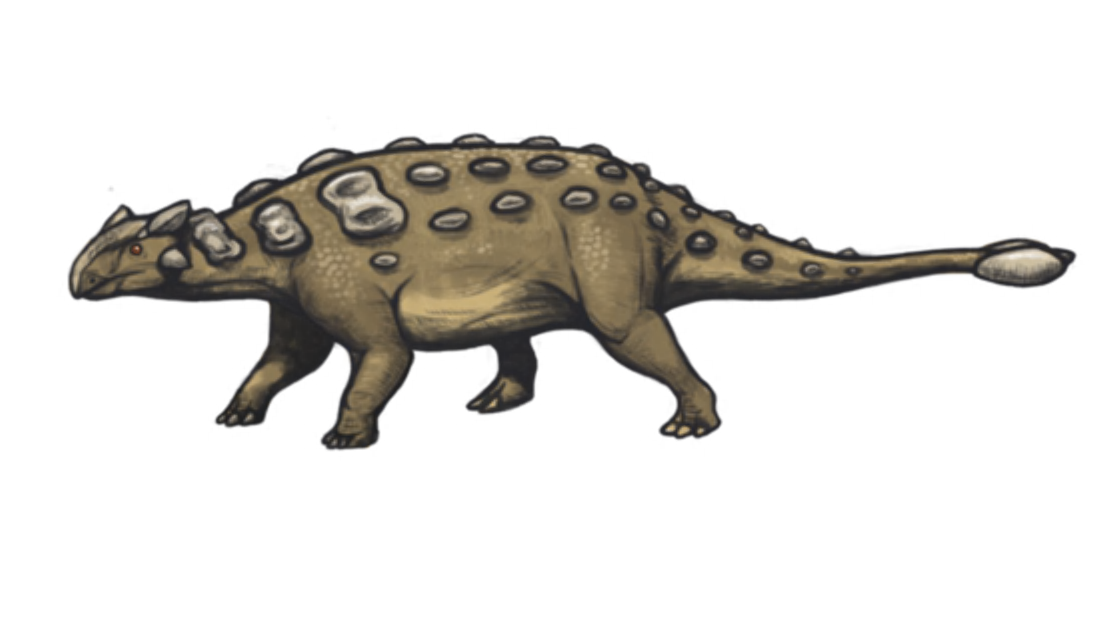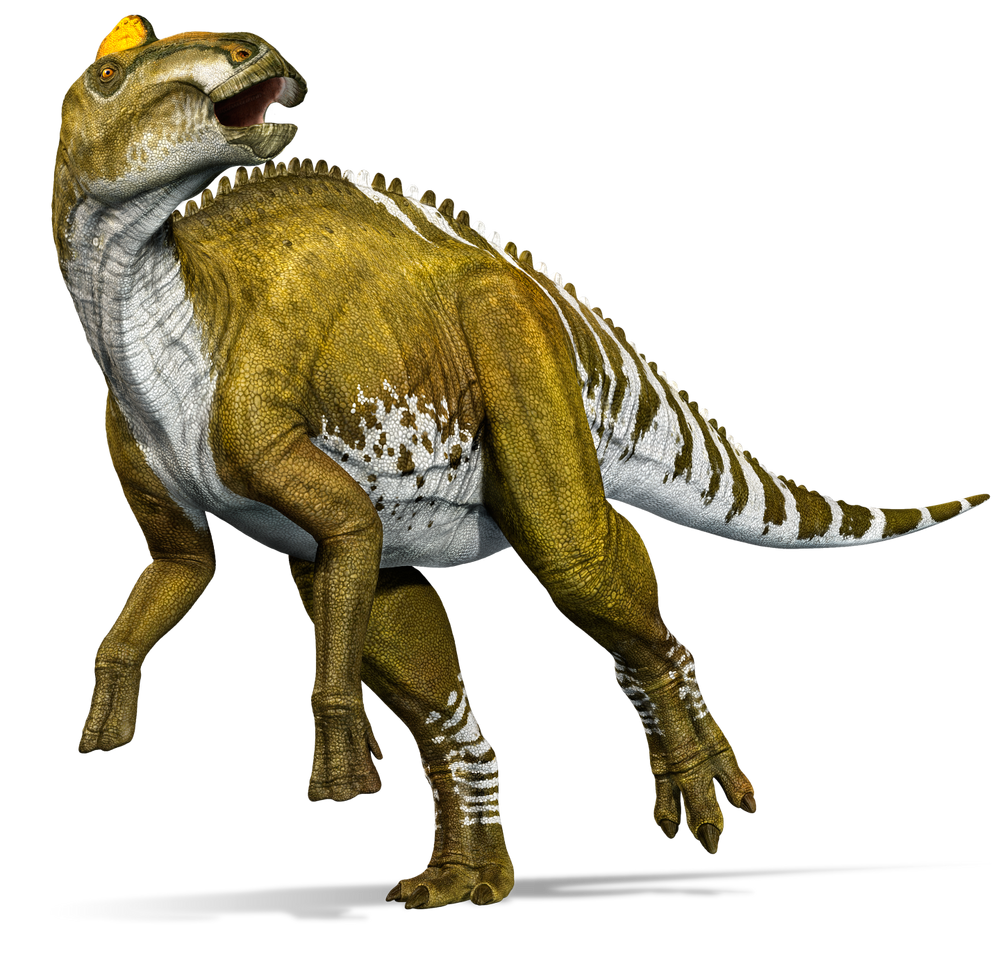|
|
Post by jhg on Apr 28, 2020 8:59:14 GMT 5
Ankylosaurus Length: 8.7 meters Weight: 6 tonnes? Edmontosaurus Length: 12 meters Weight: 7 tonnes?
|
|
|
|
Post by 6f5e4d on Apr 28, 2020 16:10:25 GMT 5
Edmontosaurus may be heavier, but Ankylosaurus has the powerful club tail to get around that weakness easily, that's why it wins.
|
|
|
|
Post by jhg on Apr 28, 2020 21:11:06 GMT 5
True, I just did this to get insight on the size of Edmontosaurus. I seriously doubt that a 12 meter long monster would weigh 4 tonnes; I thought it was bulkier than Tyrannosaurus.
|
|
|
|
Post by elosha11 on Apr 28, 2020 23:10:34 GMT 5
True, I just did this to get insight on the size of Edmontosaurus. I seriously doubt that a 12 meter long monster would weigh 4 tonnes; I thought it was bulkier than Tyrannosaurus. If it is only 12 meters, why would it be heavier than tyrannosaurus rex, which was longer and very robustly built. I don't know how edmontosaurus could win this, no weapons other than height or weight. |
|
|
|
Post by Infinity Blade on Apr 29, 2020 0:23:32 GMT 5
Because some specimens were not just 12 meters long. The largest Edmontosaurus specimens were >13 meters long and would have weighed in the vicinity of 10 tonnes, with the largest known specimen almost at 11 t ( link->). There were smaller specimens, but taking those specimens and these large ones provides an average mass easily comparable to that which an adult T. rex could achieve. The Ankylosaurus mass figure cited in the OP may or may not be accurate. I did cite a study before about Ankylosaurus weighing close to 8 tonnes, but that estimate was based off of stylopodial shaft circumference, and a mass estimate the authors of that study themselves considered tentative ( Arbour & Mallon, 2017). I remember mentions on a Discord server I'm on about GDI estimates suggesting masses of ~3.6 tonnes for Ankylosaurus (without the armor; with it it would obviously weigh more), but I cannot seem to find the original link or image to this. So if you'd like, you can take these mass estimates with a pinch of salt for now. Last thing I want to mention (although I primarily say it for the sake of informing and less to comment on this matchup): Edmontosaurus' probable defensive weapons were absolutely nothing to sneeze at. I wrote a bit at length about the percentage of mass a hadrosaurid's tail would take up of its total body mass ( link->). One published study, for instance, suggest the tail muscles alone of a 2.5 tonne Lambeosaurus would weigh 290 kg, which is 11.6% of total body mass (not accounting for the tail vertebrae and skin). And, for whatever it's worth, one of our former users (broly) did a GDI estimate of an Edmontosaurus specimen a while back, and for an animal weighing ~10 tonnes the tail itself wound up weighing close to 1.6 tonnes, thus ~15.7% of total body mass. Regardless, the sheer mass of a hadrosaur's tail alone would allow it to deliver some serious blunt force trauma, therefore making it quite a formidable weapon. Obviously the ankylosaurid's tail is a more specialized weapon, but still. |
|
|
|
Post by elosha11 on Apr 29, 2020 0:30:25 GMT 5
Nice, and I appreciate the size estimates in the link. I did not know that it was so large. Is their any evidence as to how hadrosaurid's used their tails in conflicts?
|
|
|
|
Post by Infinity Blade on Apr 29, 2020 0:34:50 GMT 5
How they used it? I just imagine they'd swing their tails in the lateral plane forcefully. The fact that the ossified tendons are mostly confined to the parasagittal plane, and therefore had somewhat of an effect on tail movement in that direction, i.e. up and down (from a source I cited in the sauropod/ornithopod megapost I linked to), their best bet would probably be to swing their tails side to side.
|
|
|
|
Post by elosha11 on Apr 29, 2020 0:47:57 GMT 5
Poor choice of words on my part. I guess what I meant was is there any research discussing how rapidly such species could move their tail, or their range of motion. I assume any injuries inflicted by a tail whipping /clubbing motion would be difficult to trace in the fossil record.
|
|
|
|
Post by Infinity Blade on Apr 29, 2020 1:28:46 GMT 5
I don't think there are any regarding range of motion or speed; I just assume that there's no particular indication it would be so slow to the point where it completely negates the mass of the tail in delivering force. Injuries from using the tail as a weapon would be difficult to conclusively prove for the reason that an injury could be from actively using the tail as a weapon or it could be from something else.
|
|
|
|
Post by jhg on Apr 29, 2020 2:39:49 GMT 5
I would think the best the hadrosaur could do to the ankylosaur is kick it in the face. A tail club strike will likely cripple the Edmontosaurus.
|
|
|
|
Post by 6f5e4d on Apr 29, 2020 3:25:53 GMT 5
Yeah, since the tail could easily shatter its bones.
|
|
|
|
Post by Infinity Blade on May 3, 2020 1:09:22 GMT 5
I don't think there are any regarding range of motion or speed; I just assume that there's no particular indication it would be so slow to the point where it completely negates the mass of the tail in delivering force. Injuries from using the tail as a weapon would be difficult to conclusively prove for the reason that an injury could be from actively using the tail as a weapon or it could be from something else. This recent study about skeletal pathologies in Edmontosaurus suggest that healed fractures in its tail are suggestive of using the tail in defense ( Siviero et al. 2020). Unfortunately, I cannot access the full article at the moment. |
|